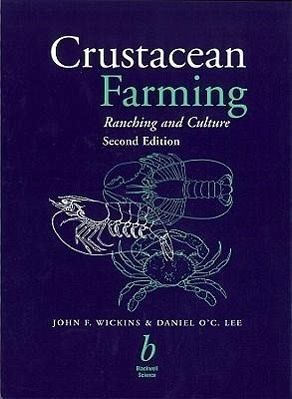
Crustacean Farming
Ranching and Culture

PAYBACK Punkte
129 °P sammeln!
This second edition of the extremely well-received book, Crustacean Farming deals with all cultivated crustaceans of commercial significance: Shrimp, prawns, crayfish, lobsters, crabs, and spiny lobsters, and examines the criteria by which farming proposals are assessed. Characteristics and production methods of farmed and candidate crustacean species are described in detail, distinguishing profitable opportunities from high-risk proposals. Coverage extends right from broodstock acquisition and management, through the operation of hatcheries, nurseries and on-growing units to key aspects of pr...
This second edition of the extremely well-received book, Crustacean Farming deals with all cultivated crustaceans of commercial significance: Shrimp, prawns, crayfish, lobsters, crabs, and spiny lobsters, and examines the criteria by which farming proposals are assessed. Characteristics and production methods of farmed and candidate crustacean species are described in detail, distinguishing profitable opportunities from high-risk proposals. Coverage extends right from broodstock acquisition and management, through the operation of hatcheries, nurseries and on-growing units to key aspects of processing and marketing. New to this edition are ranching and re-stocking operations, together with the culture of ornamental shrimp and small crustaceans used as live food in fish and shellfish hatcheries, plus updated sections on crustacean diseases, genetics and nutrition. Examples of investment and operating costs of the different culture options are compared and an analysis of current trends in world crustacean markets is presented to assist in economic and financial appraisal. Special consideration is given to the place of crustacean farming within the economies of developing nations in relation to social and environmental impact in order to promote awareness of the wider implications of global developments. The consequences of recent research and technical developments are considered, together with concerns over genetic and animal welfare issues. Specific areas where further advances in technology are needed to improve the reliability or productivity of farming systems are highlighted. This important book is a vital tool and reference work for all those involved with crustacean for all those involved with crustacean farming worldwide.


